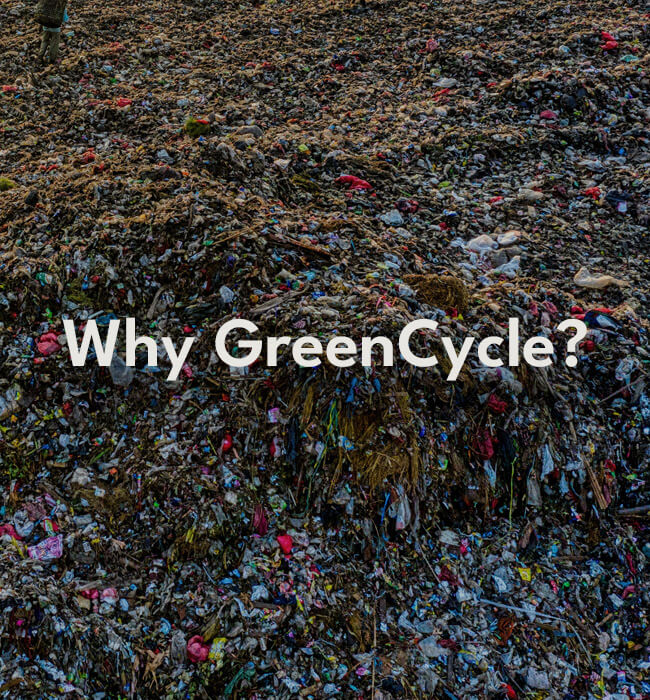Understanding the problem from a waste management point of view
It’s true that single-use, disposable, absorbent hygiene products offer great convenience, but when they are made with non-biodegradable petrochemical by-products, they end up doing more harm than good. Unfortunately, the situation today is bleak - over 45 billion period products are used and disposed of every year, making it an unprecedented plastic crisis in multiple landfills across the world.
But why do landfills overflow, and why must we break up this flow of events?
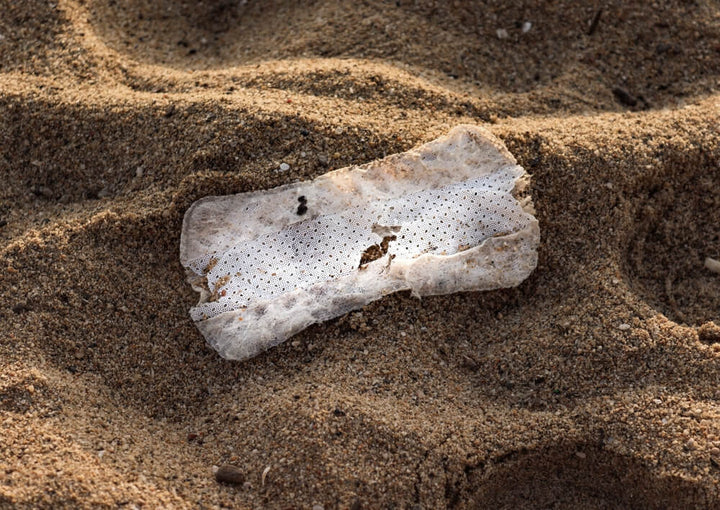
The taboo surround menstruation makes it difficult for adolescent individuals to get proper education about how to manage their period safely - many menstruators are not aware of how to properly use and dispose of a period product. As a result, these products are often flushed down the toilet, ending up in oceans or leading to drain blockages. In rural areas, used period products are often burnt in open fields, buried in a pit, or thrown into ponds and rivers, which harm birds, animals, and pollute the local ecosystems.
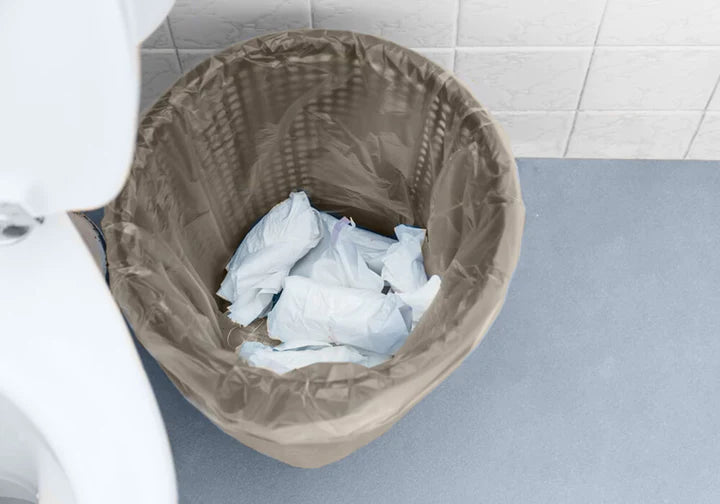
In urban areas, used period products are typically thrown in waste bins; they eventually end up in landfills through solid waste management streams due to lack of proper infrastructure, organized segregation, collection, and transportation of sanitary waste. If these petrochemical-based products are improperly incinerated, it may result in toxic fumes.
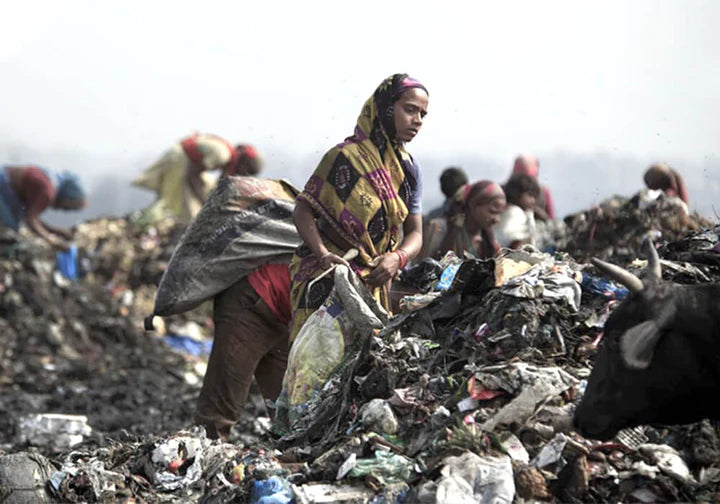
Ragpickers who segregate waste to separate recyclable items from solid waste, and sanitation workers who handle these kinds of domestic waste often come in direct contact with used period products - this exposes them to germs and harmful pathogens which can cause serious health problems.
So, what can be done from a sustainable standpoint?
With current technological advancements in the absorbent products industry (whether it’s sanitary pads, diapers, liners, incontinence pads, etc), there are three promising sustainable solutions:
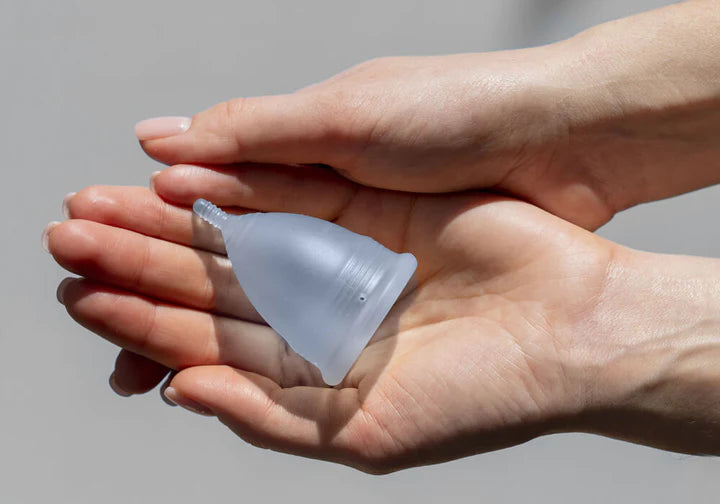
As a brand that passionately promotes all sustainable lifestyles, we certainly believe that reusable products are great alternatives to conventional, single-use products. However, according to many industry surveys, less than 3-5% of menstruators feel comfortable using products such as cloth pads, menstrual cups, menstrual disks, or period underwear, while over 95% of menstruators prefer and continue to use the conventional period pad due to convenience, portability, comfort, health-related reasons or other views.
Although the performance of reusable period products such as cloth pads and period underwear have significantly improved over the last decade, obstacles such as access to clean water, privacy for safe washing, etc have contributed to their marginal use.
As a brand that passionately promotes any form of sustainable lifestyle, we certainly believe that reusable products are great alternatives to conventional, single-use products. However, according to many industry surveys, less than 3-5% of menstruators feel comfortable using products such as cloth pads, menstrual cups, menstrual disks, or period underwear, while over 95% of menstruators prefer and continue to use the conventional period pad due to convenience, portability, comfort, health-related reasons or other views.
Although the performance of reusable period products such as cloth pads and period underwear have significantly improved over the last decade, obstacles such as access to clean water, privacy for safe washing, and lack of drying facilities have contributed to their marginal use. Similarly, due to cultural stigma or health reasons, many menstruators do not feel comfortable at the prospect of inserting a menstrual device such as a menstrual cup or a menstrual disk inside their bodies.
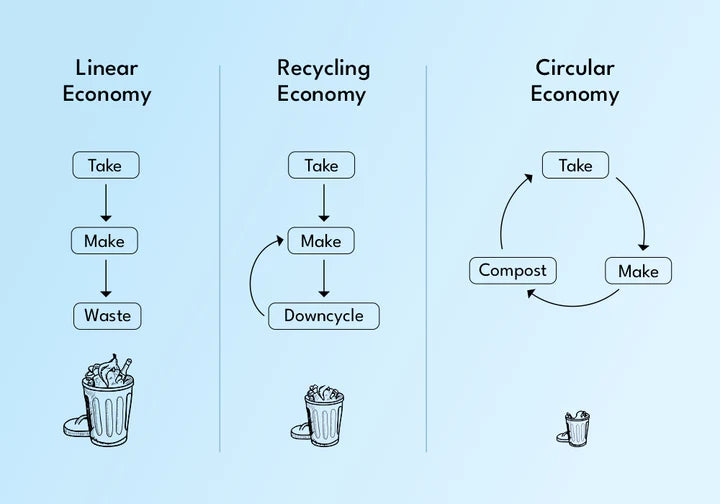
Recycling conventional absorbent hygiene products involves separating the products into their different components (ex: cellulose fibres and plastic) which can be later reused in similar or different applications. Since these products are made using multiple layers of different types and grades of plastics which are glued together, it becomes extremely difficult to recycle them.
Large-scale recycling of absorbent hygiene products has not been commercially implemented yet due to a number of reasons. Firstly, most customers do not feel comfortable using a product which is made from recycled components of used sanitary pads or diapers for hygiene applications.
Recycling conventional absorbent hygiene products involves separating the products into their different components (ex: cellulose fibres and plastic) which can be later reused in similar or different applications. Since these products are made using multiple layers of different types and grades of plastics which are glued together, it becomes extremely difficult to recycle them.
Large scale recycling of absorbent hygiene products has not been commercially implemented yet due to a number of reasons. Firstly, most customers do not feel comfortable using a product which is made from recycled components of used sanitary pads or diapers for hygiene applications. As a result, recycled products or plastic granules would be downcycled and eventually end up in landfill. Even if large scale and commercially-viable technologies for recycling absorbent hygiene products becomes available, this approach would still require dependency on fossil fuels and encourage the continued production of virgin plastic to make finished products. This brings us back to the original problem from where we started. If these products are not properly segregated and recycled, they would continue to end up in landfills and pollute the planet.
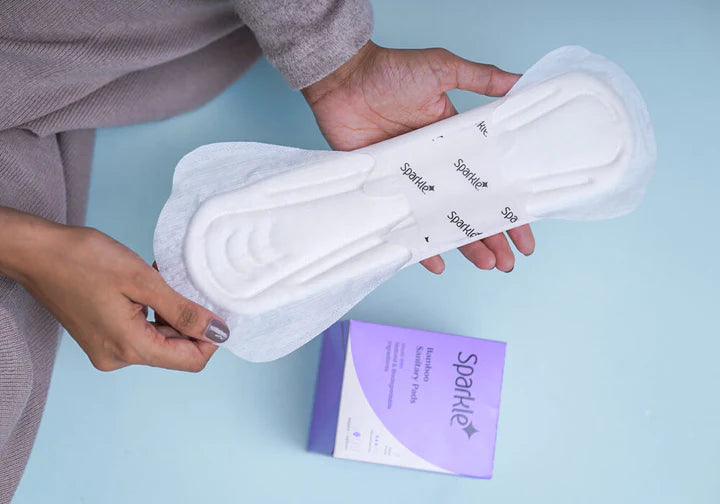
Developing compostable products using sustainable and renewable ingredients also poses its fair share of challenges, such as affordability, the logistical challenge of segregation and collection, etc. However, with substantial efforts, there is a high probability (and possibility) that implementing this solution at a large-scale through existing infrastructure of composting facilities can give us the result we’re looking for.
As more and more cities work towards diverting solid waste from landfills and increasing the number of commercial compost facilities, composting used absorbent hygiene products in a dedicated compost pile is turning out to be a realistic possibility.
Developing compostable products using sustainable and renewable ingredients also poses its fair share of challenges, such as affordability, the logistical challenge of segregation and collection, etc. However, with substantial efforts, there is a high probability (and possibility) that implementing this solution at a large-scale through existing infrastructure of composting facilities can give us the result we’re looking for.
As more and more cities work towards diverting solid waste from landfills and increasing the number of commercial compost facilities, composting used absorbent hygiene products in a dedicated compost pile is turning out to be a realistic possibility.
We believe that if initiatives such as GreenCycle Program, that do not require consumer behavioural change or compromise on product performance, comfort or convenience, are implemented and supported by a large number of people, we can truly create a circular economy in the absorbent hygiene products industry.

